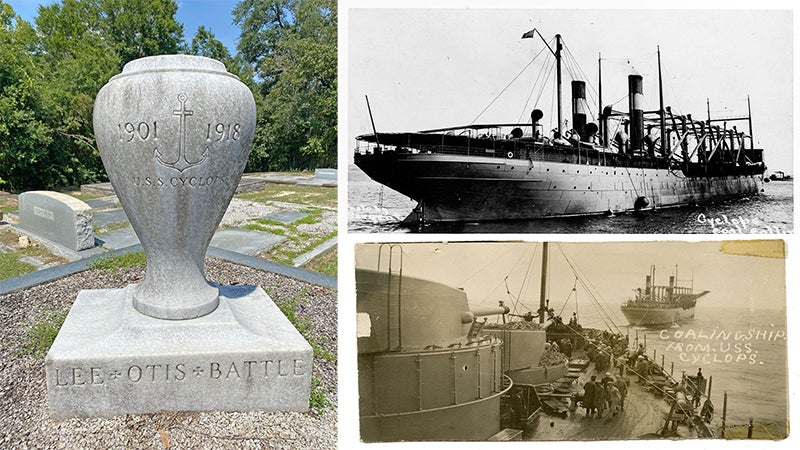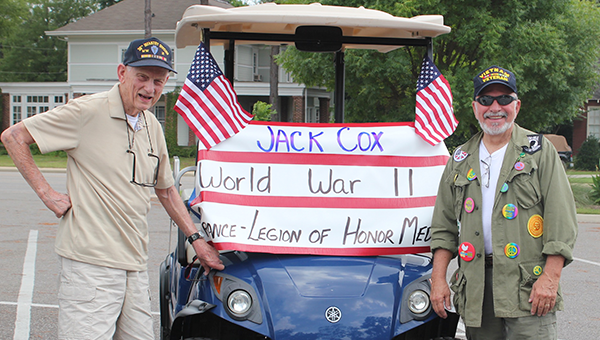2-year colleges make a difference
Published 12:00 am Saturday, May 12, 2012
There are moments that stay with you a lifetime. Here’s one.
I was working in the two-year college system, and had gotten to know the whole family of one of our honor students. On the night of Drew’s graduation, his sister was being honored at Sparta Academy. So Mom went with ‘Becca, Dad came with Drew.
I will never forget the pride on that father’s face nor the tears in his eyes when he told me this story that night. Because of his own life decisions, he didn’t enroll in college. Even though he’s been quite successful in business, the thought that his son had done something he hadn’t made him burst with pride. It meant more to him than he could put into words that Drew was living that college dream.
I remembered that story last night as I snapped photographs at LBW’s commencement. The Kiwanis Center was filled with supporters there to cheer on the more than 150 students who participated. Parents, spouses, children …. Andalusia’s largest venue was filled with people who had the same pride that my friend did at his son’s graduation.
Because Alabama’s two-year college system has been around so long, we tend to forget how important it is to us. LBW Community College was born of a merger between Douglas MacArthur State Technical College and Lurleen B. Wallace Junior College. MacArthur first offered technical classes in 1965. Junior college classes started here in 1969.
Imagine how many lives have been positively affected by the proximity of education in Covington County. An economic impact study released earlier this year estimated the annual economic impact of LBWCC at approximately $54 million.
More importantly, having trained and educated workers makes it easier to attract businesses and industries to our county. And colleges in Alabama’s Two-Year College System are focused on workforce development, be it through first-time training, or re-training of the local workforce.
Even after almost 50 years, colleges like LBW still get first-generation college students. Just this week, the college announced that it has received a five-year, $1.46 million federal TRIO grant, which helps identify potential first-generation college students in high school and prepare them for higher education.
I am the first to say that a four-year college degree isn’t for everyone. But there are very few people who don’t need post-secondary training of some kind to make it in this world.
Ironically, I had lunch with Drew and his bride yesterday. I share the pride his parents feel in his and his sisters’ successes.
And I’m reminded of the importance this system has in Alabama.



